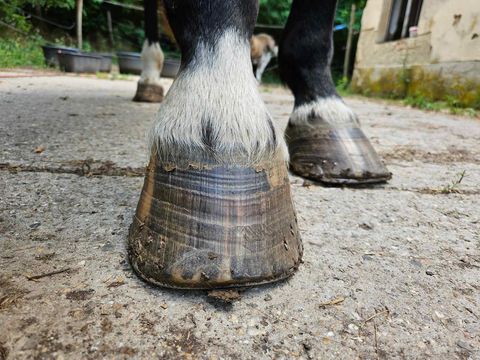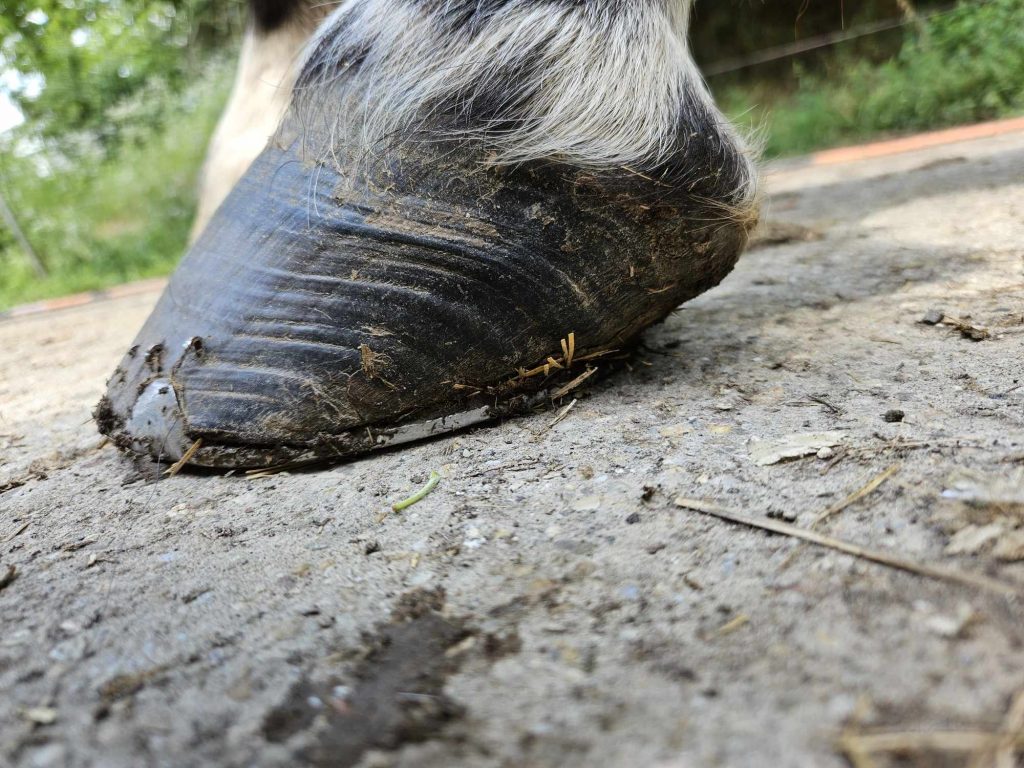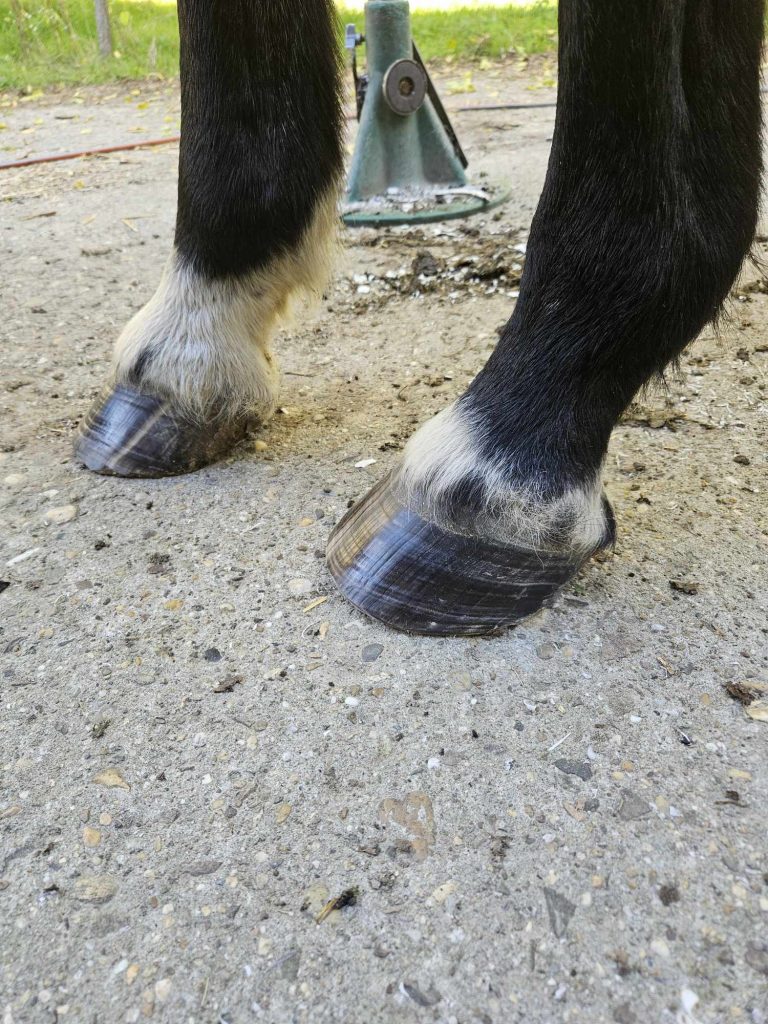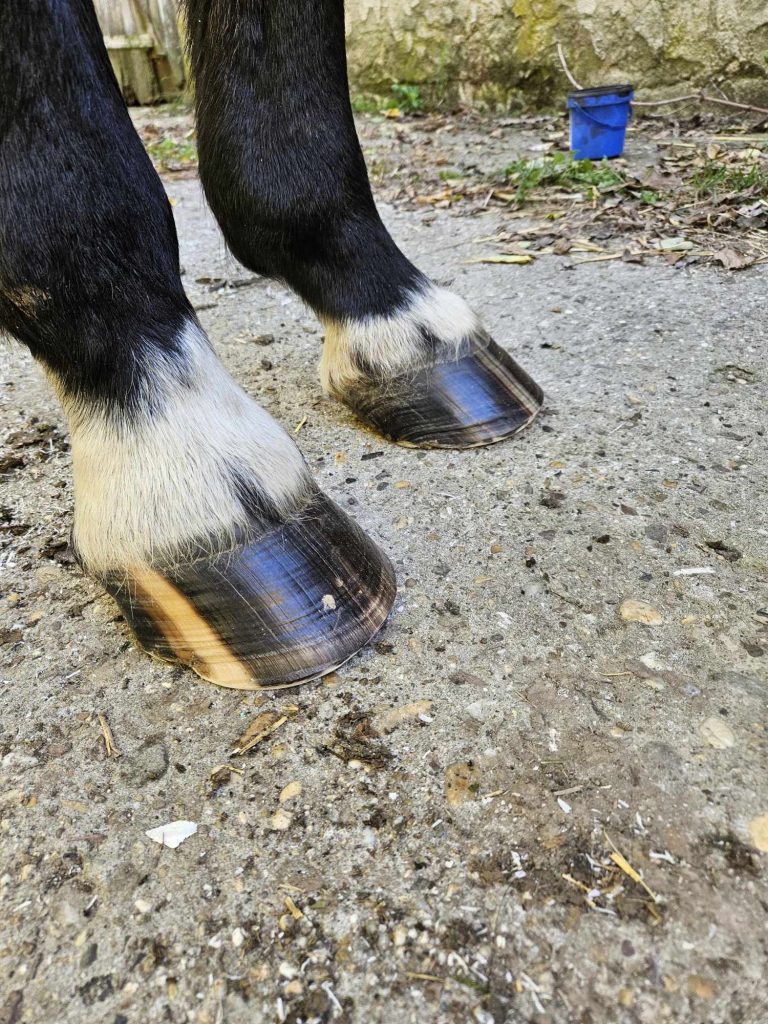Charli’s Update!
I’ve had many horses throughout my life, and suddenly, last year, I found myself with only two left. Those of you who have had many horses know how empty that can feel. It wasn’t the relief that many people think it would be. One of the two is a mare, so I started considering whether I should breed her to get another horse, but I was very hesitant. I thought about the fact that if she had a foal, I would be over 70 by the time it would be ready to start training, and I wasn’t keen on that. The alternative would be to sell the offspring, which made me even more doubtful, though I still thought it might be fun to have a foal.
In Hungary, you can have a mare inseminated at home, which I found convenient since I wouldn’t need to take her anywhere. All I had to do was wait for her to go into heat. But she didn’t that summer, or perhaps it was extremely difficult to notice, which is unusual because she usually shows clear signs. Not that time. I didn’t want to induce her cycle with injections, especially since I was already unsure about having a foal. So, I figured she had made the decision herself.
A year passed, and spring came. I got an opportunity to rescue a horse that was about to be sent to slaughter. I was told he had a ligament injury and couldn’t be ridden, but that didn’t matter much to me. When he arrived, he was very lame, and I found out that he had worn ring shoes for six years to help him walk better. In the first few days, I wondered if I had made a mistake and maybe he should have been slaughtered because of how lame he was. But I wanted to give him a chance—he was such a kind and gentle horse. What could I do? Having ring shoes clearly hadn’t helped him, so I asked my farrier to remove the shoes and simply trim his hooves.
Naturally, it was an adjustment for Csarli to walk without shoes, but the ground here is soft, so he was still just as lame. He was putting so much weight on his healthy front leg that that hoof was completely flat, while the other, the injured one, had a normal angle since it wasn’t being loaded. I knew that progress wouldn’t happen overnight, but I spoke with several experts who told me that ligament injuries can actually heal if the hooves are trimmed properly. That gave me hope. Today was the second time he’s had his hooves trimmed since the shoes were removed, and you can see the results in the pictures. He has slowly but surely improved and is limping less and less, and a few days ago, I saw him trot voluntarily for the first time.
Now, I’m no longer afraid that I made the wrong decision. Even if he doesn’t improve more than this, he’s doing well enough to enjoy his retirement and live a good life as a horse.
Picture 1+2 is when I got him and 3+4 is now.





